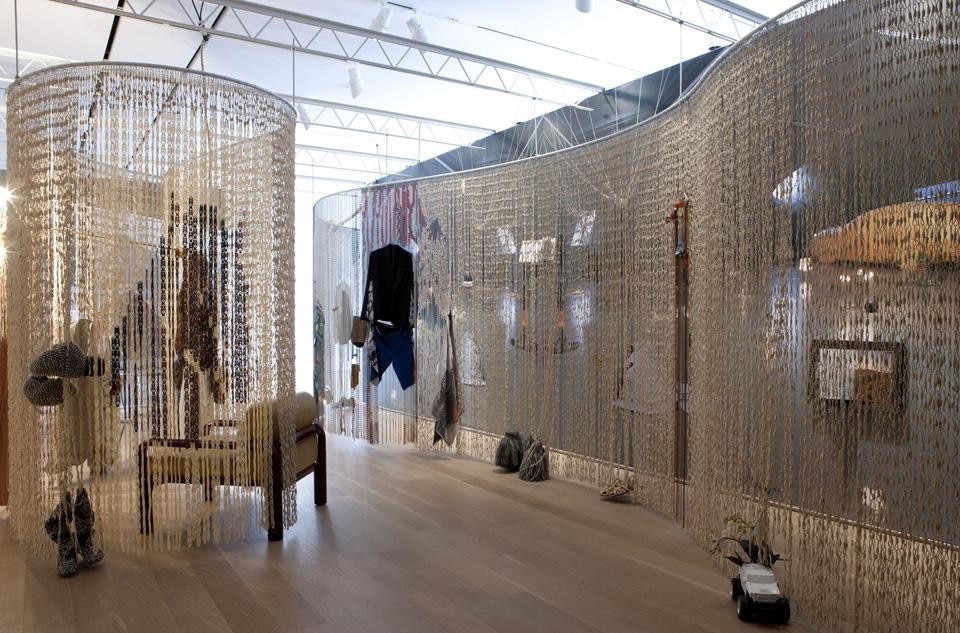There are, of course, many narratives that can accompany this exhibition, on display at The Art Institute of Chicago through 16 September: there's the story of each couturier, the story of each individual item on display, and the story of how the exhibition gels these three different elements into a comprehensive show… all that is excellent news for those who've purchased a catalog. Money well spent! But the assumption is that many people who come by way of this exhibition may not have brushed up on the preface. Some might not know who Bless, Boudicca, and Sandra Backlund are. Formidable names in the fashion world, sure, but for the tourist wandering in from the nearby Roy Lichtenstein retrospective, these guys aren't your "household" Versace. All the better. The way I see it, this exhibition is meant to be a jolt of energy, and there's no poorer a conductor than preconceived expectations.
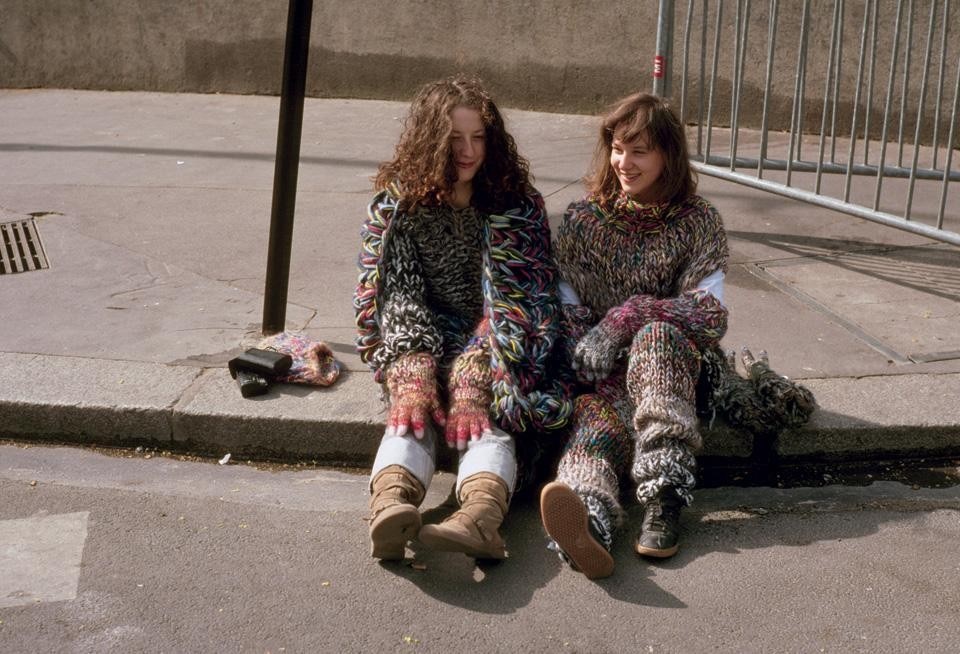
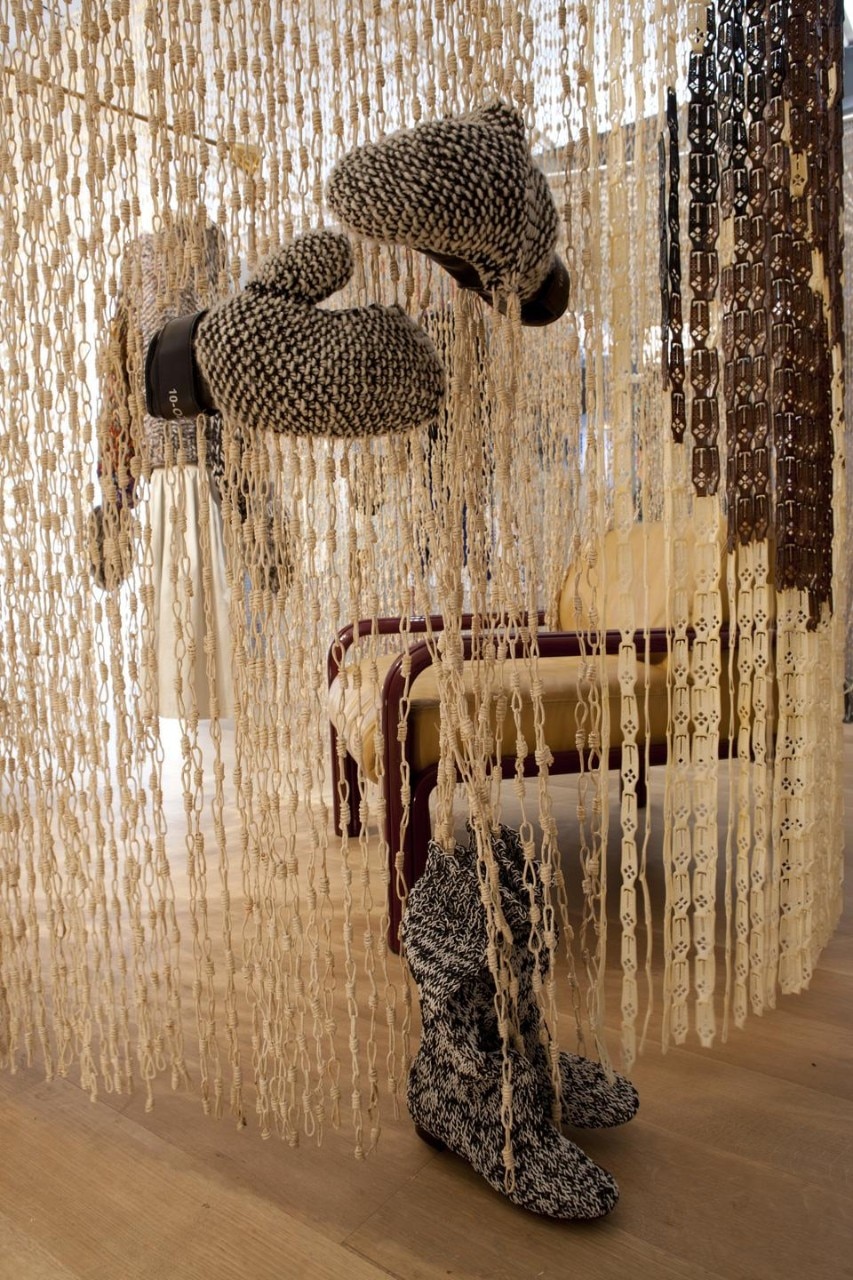
Whether dissected or devoured as a whole, the show reads more like an absurdist paragraph: a skillfully broken arc, a burst, a blast, and a heightened sensation
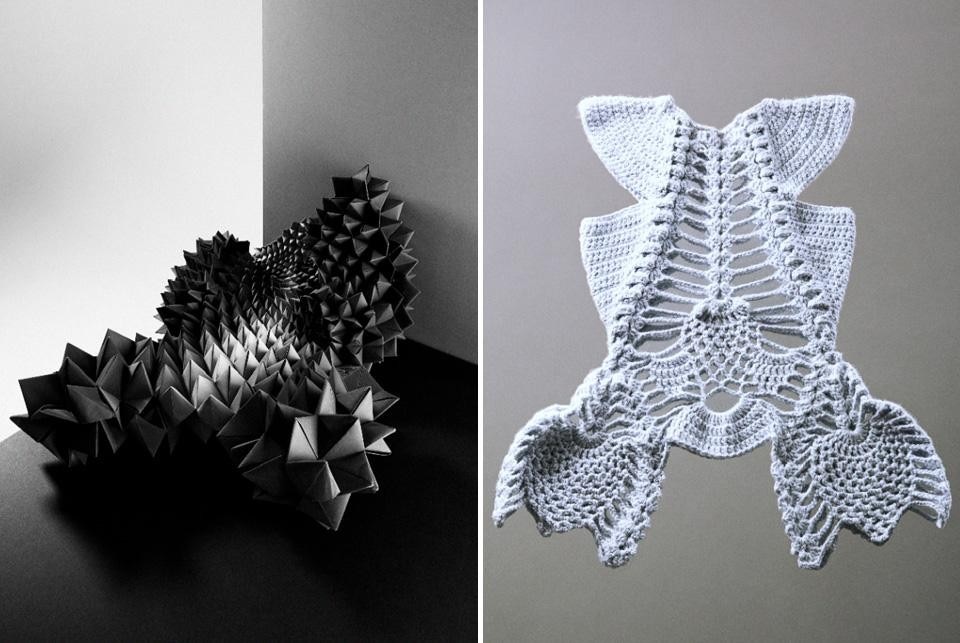
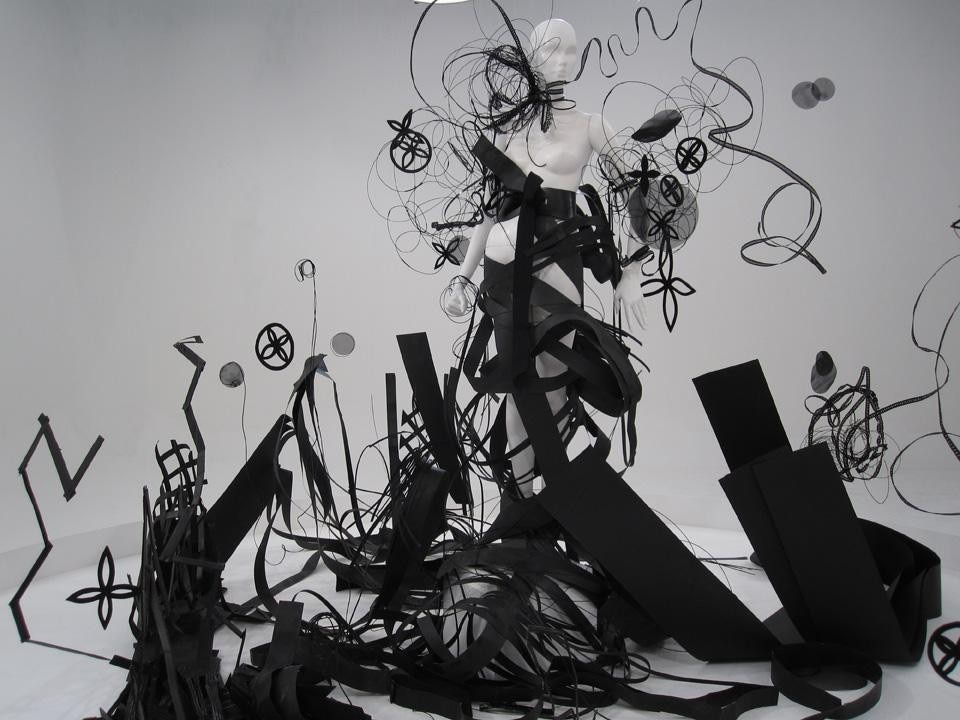
Fashioning the Object: Bless, Boudicca, Sandra Backlund
The Art Institute of Chicago
111 South Michigan Avenue, Chicago


